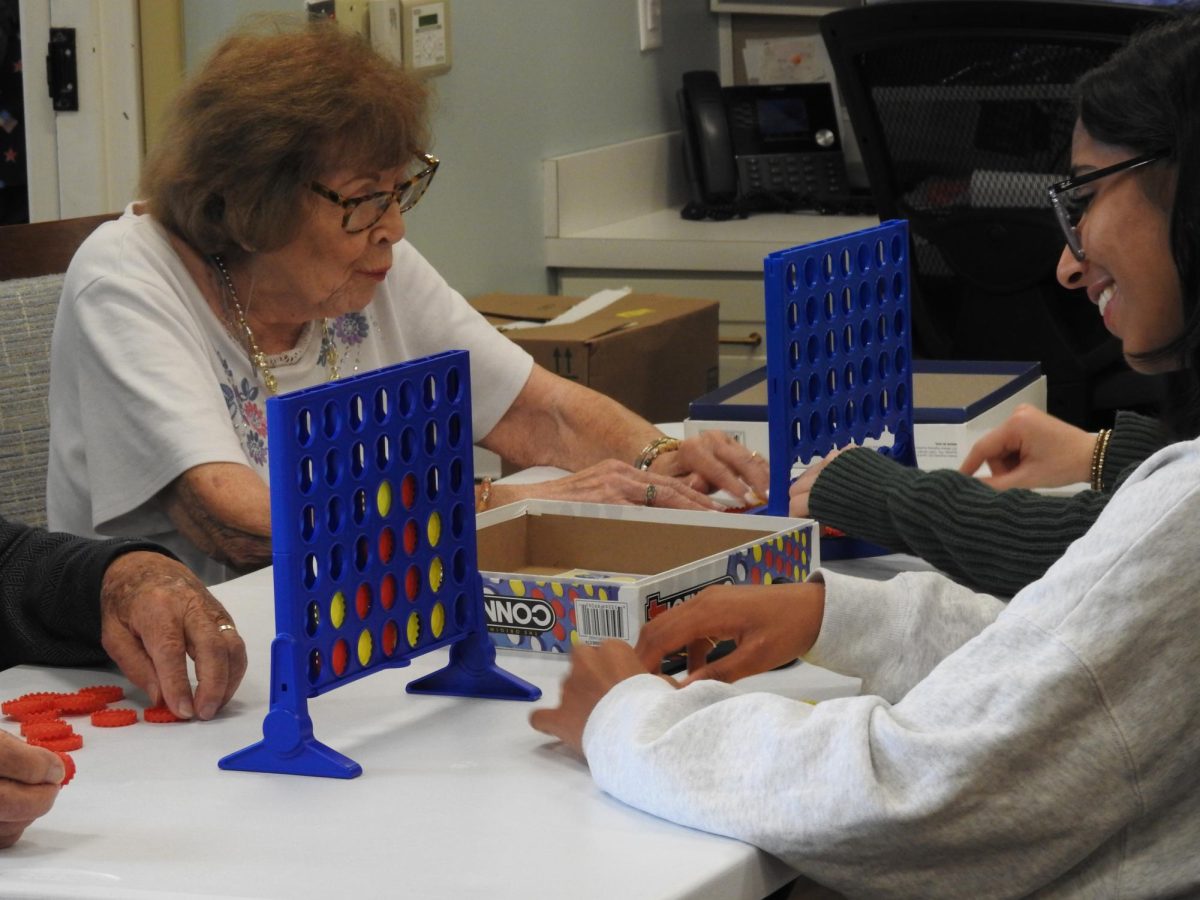The use of Artificial Intelligence has recently exploded. In November of last year, OpenAI released its artificial intelligence chatbot, Chat GPT. In January, it became the fastest-growing consumer application in history, reaching 100 million users about three times as fast as Tik Tok. AI image generators such as DALL-E and Midjourney have also received significant attention.
Various industries and institutions have already been affected massively by AI. Some embraced it, such as Amazon, which launched an AI program to generate ads, and the Recording Academy, which may let partially AI generated content be eligible for certain Grammy awards.
However, AI threatens the jobs of artists, musicians and notably writers, with Hollywood screenwriters winning various safeguards against AI usage after months of striking.
To address the rapid growth of AI, President Joe Biden signed a sweeping executive order on Oct. 30. Under the new executive order, AI developers must share safety test results with the government, and the Commerce Department will issue guidance on labelling AI generated content.
As AI continues to grow, it has the potential to massively alter education as schools adapt to the technology.
The ability to instantly generate content using AI creates concerns over plagiarism in school.
“One of the first things I did when I first started to read up and learn about [AI] was put in an [AP English Language and Composition] prompt and see what it does,” said Scott Von Essen, English teacher. “It spit out an essay that would have been good enough to earn a passing score on that essay for AP Lang. For me that became an eye opening experience.”
Von Essen, who has given presentations about AI at school- and county-wide School Improvement Days, views communication with students as paramount to addressing AI.
“We definitely have worked together to bring more awareness to it,” said Von Essen. “Letting students know that we as a staff are aware of what’s out there.”
To avoid plagiarism, some English teachers have re-embraced paper assignments and in-class essays.
“I think that more on demand writing is going to happen,” said Amanda Polzin, English teacher.
Often, teachers can use their intuition and experience to spot AI and plagiarism in an online assignment, but this will become more difficult as the technology continues to evolve.
“I’ve been teaching for 16 years,” said Polzin. “You get a sense of if it’s a kid [writing] or not.”
However, there are many other ways to find AI usage. For example, Turnitin.com, which has been used by many North teachers to search for plagiarism in student work, recently added the ability to check for AI generated text. Von Essen also pointed to using edit histories to spot AI usage.
“If you are in my English class, I can give you a Google Doc in Schoology,” said Von Essen. “I can track your history, I can track your changes.”
While combating AI plagiarism, some English teachers have tentatively experimented with AI language models in specific circumstances.
“With my freshmen I do not encourage it at all, in fact it is part of when we go over plagiarism,” said Polzin. “[In] Creative Writing, I have tried to kind of use it a little bit more with them … that’s different because I’m not assessing their actual grammar skills and it’s more about the creative process.”
AI could potentially become a helpful tool, especially in classes focused more on the creative process.
“[A student] wrote a whole piece and she knew after she wrote it that she was having verb tense issues,” said Polzin. “She could have gone back and fixed them all; she knew that the problem was there. But what’s cool is I told her ‘this could save you so much time, let’s see if ChatGPT can edit it for you.’ So we put it in there. We told ChatGPT to edit for verb tense issues, make everything present tense and then we copy and pasted the story and sure enough it just spit it out completely fixed.”
While Polzin recognizes how useful this aspect of ChatGPT can be as a tool, she still has concerns over intellectual property. Text put into AI text generators is used to further train the models, and anything generated now has the additional layer of being partially generated by AI, not a human.
“If you put [writing into ChatGPT], and it’s your creative piece, but you willingly put it in there even to have it proofread, it’s now out there,” said Polzin. “So then ChatGPT can take pieces of it.”
AI leaves numerous other open legal questions about intellectual property. Multiple writers have sued OpenAI for using their writing to train ChatGPT without permission, and Universal Music has sued Anthropic after their AI music model generated lyrics almost identical lyrics to copyrighted songs. With AI still in relatively unexplored legal territory, teachers have expressed apprehensive about using it.
AI will continue to reshape education, as teachers combat its usage while also looking for opportunities to use it as a tool. While AI presents a massive opportunity, Von Essen and others also worry that it could remove the personality and humanity in what it touches.










